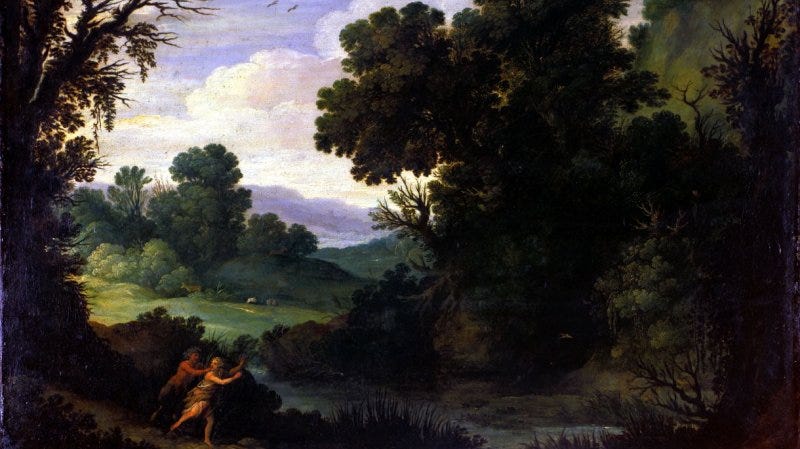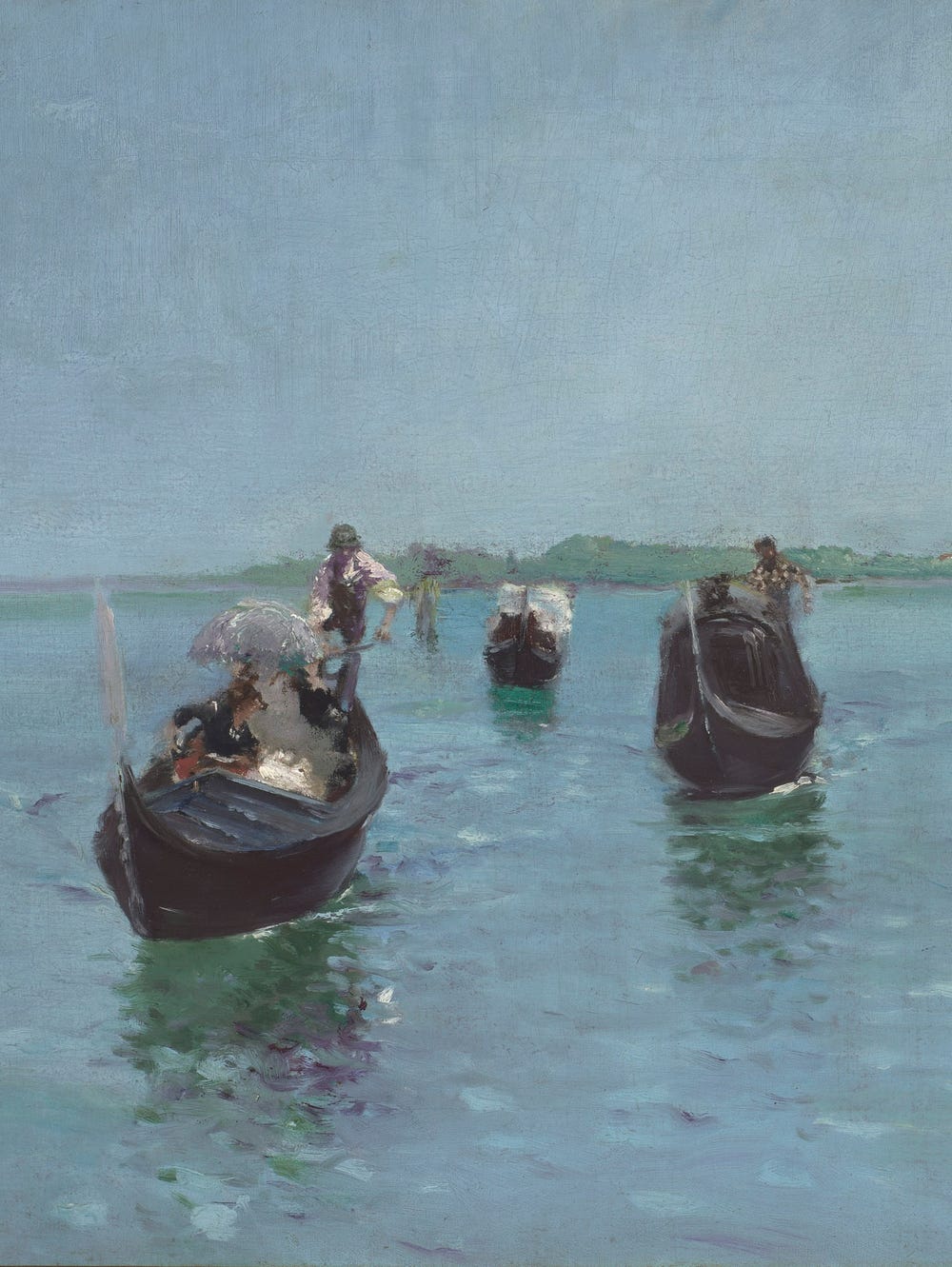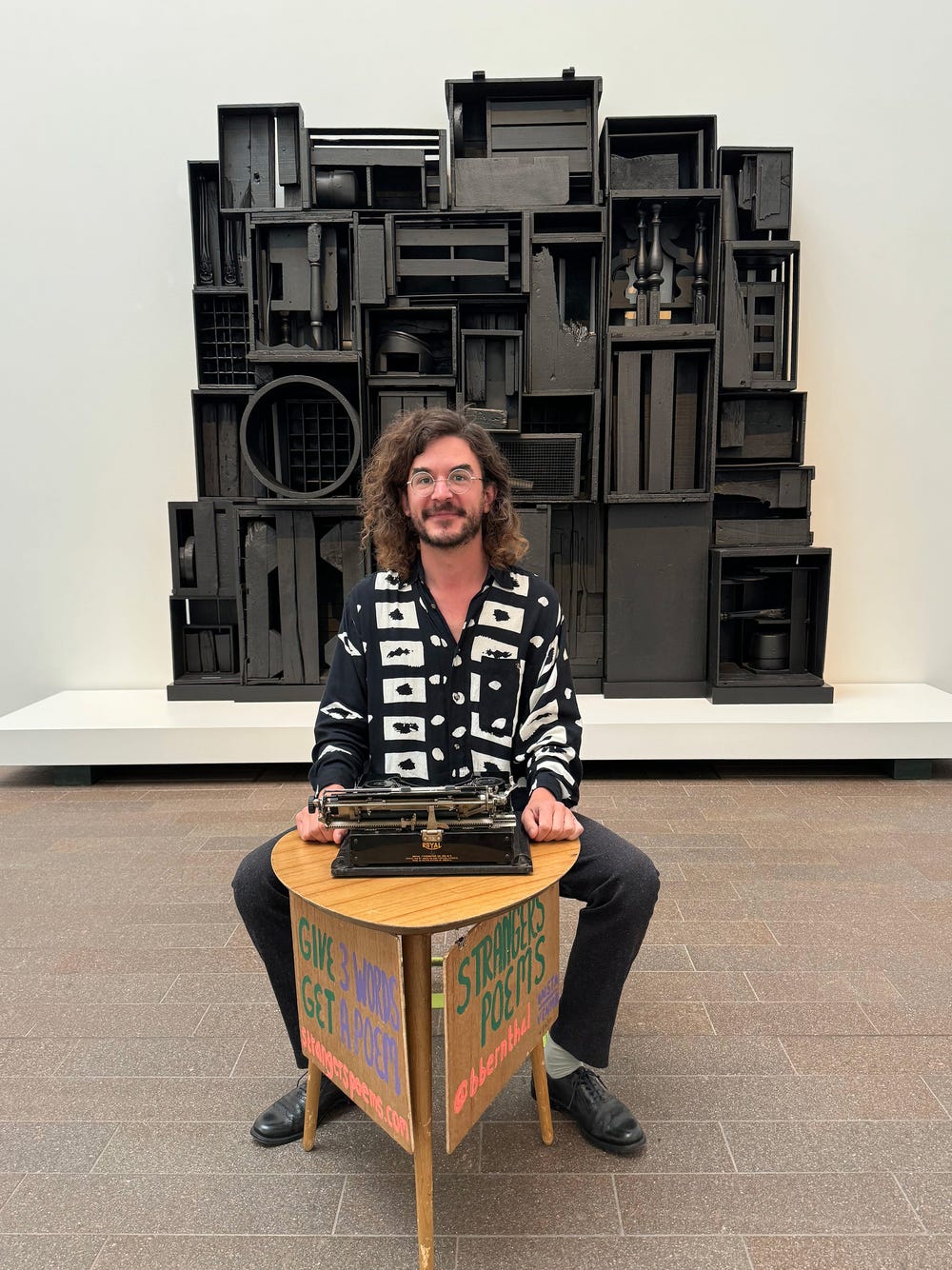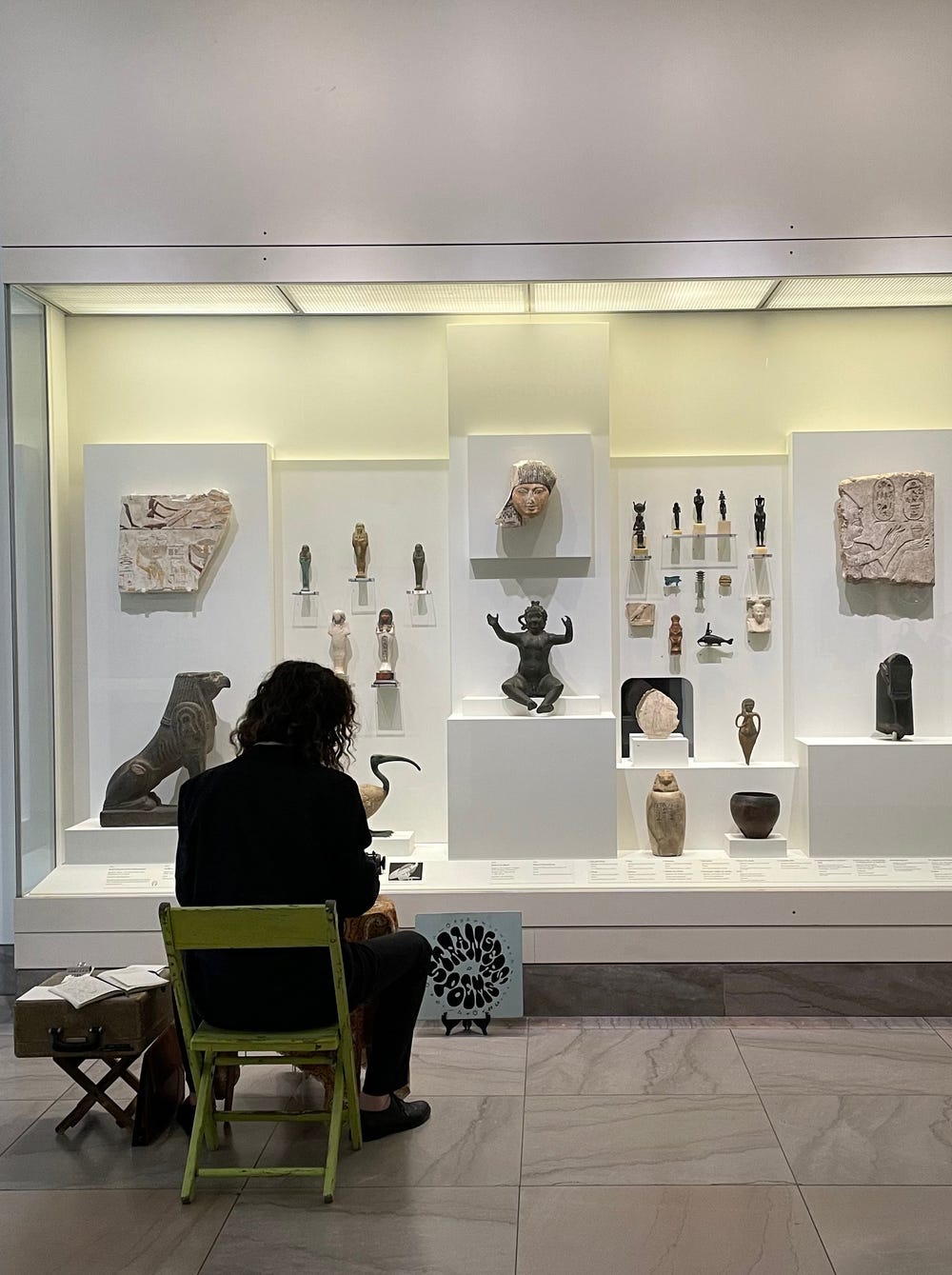Paul Bril, Landscape with Pan and Syrinx (detail), ca. 1620. Oil on canvas, 19 1/8 x 27 3/4 in. (48.6 x 70.5 cm). Fine Arts Museums of San Francisco, Museum purchase, M.H. de Young Memorial Museum, 49.11
Join principal organist Jonathan Dimmock as he plays classical music compositions complementing the Legion of Honor’s collection of European masterworks. This series was recorded live on the Spreckels Organ, an enormous pipe organ built by Ernest Skinner in 1924 and donated to Fine Arts Museums of San Francisco by the Spreckels family. Check out the Winter 2020 playlist and take a closer look at the featured works of art below.
Track 1: Rembrandt and Sweelinck
The artists Rembrandt van Rijn and Jan Pieterszoon Sweelinck knew each other in Amsterdam in the early 17th century. Sweelinck’s “Balleto Del Granduca” is based on a dance composed for the wedding of Ferdinando I de’ Medici. The musical piece shows the grandness and self-assuredness that Rembrandt also conveys in his portrait of the confident Dutch merchant and naval officer Joris de Caulerij (1632).
Track 2: Hals and the Susanne van Soldt Manuscript
It’s impossible to view Dirck Hals’s The Merry Company (1626) without feeling jolly. The musical instruments, the food and wine, and the obvious flirtatiousness give this painting an air of joy and playfulness. Likewise, the anonymous Renaissance dance (from roughly the same period as the painting), titled “Pavane Prymera” (“Springtime Dance”), seems to invite the listener to abandon all care and enjoy life.
Track 3: Gérome, Rodin, and Widor
As important Parisian artists of the late 19th and early 20th centuries, Auguste Rodin, Jean-Léon Gérôme, and Charles-Marie Widor used classicism in a new way. In Rodin’s The Kiss (ca. 1884) and Gérôme’s The Bath (ca. 1880 – 1885), tenderness and sensuality are the key affects evoked. Likewise, in Widor’s Andante sostenuto, the ever-shifting musical keys and modes (major and minor) give the listener a floating sensation, much like getting lost in an embrace.
Track 4: 18th-Century French Neoclassicism and Mouret
Filigree, embroidery, impressive affect, superb craftsmanship, and opulence are the first words to come to mind when thinking of mid-18th-century France. You can’t help but smile when you see the exceptional artistry of the furniture and objets d’art from this period; the aristocracy certainly had an eye for beauty. Jean-Joseph Mouret was director of the orchestra at the Paris Opéra, and the joyous pomp of his “Fanfare-Rondeau” is clearly intended for the aristocracy’s enjoyment.
Track 5: The British School: Understanding Water
Paul Halley improvised and later transcribed this organ piece, titled Outer Hebrides, in 1999, basing it on three Scottish tunes. The piece seems to begin and end in the mist with a lone bagpiper playing on the hillside. Much like the Frederic Leighton painting Coast of Aegina (1867), the effect is moody and ethereal. But as the piece develops, it’s as if the sun comes out, similar to Edward Lear’s painting The Rocks at Kasr es Saad (1856). Eventually, the organ plays full volume in tumultuous ecstasy, as in John Martin’s The Assuaging of the Waters (1840). Throughout all four artistic statements, the overarching theme of water, fluidity, introspection, and moodiness prevails.
Track 6: Renaissance Mystery
Before the romanticized concept of the “noble savage” developed, woods were dangerous places. William Byrd’s variations on the Tudor-era folk tune “Will Yow Walke the Woods soe Wylde” is a charming piece that uses the Lydian mode to evoke a flirtatious character. The words to this tune are lost to time, but one can imagine the chase implied by the music. And that’s exactly what’s happening in Flemish painter Paul Bril’s Landscape with Pan and Syrinx (ca. 1620), painted at roughly the same time as the composition was written. Here we see a dark wood and an attempted seduction. Syrinx outsmarts Pan in the end, but not without a major sacrifice.



